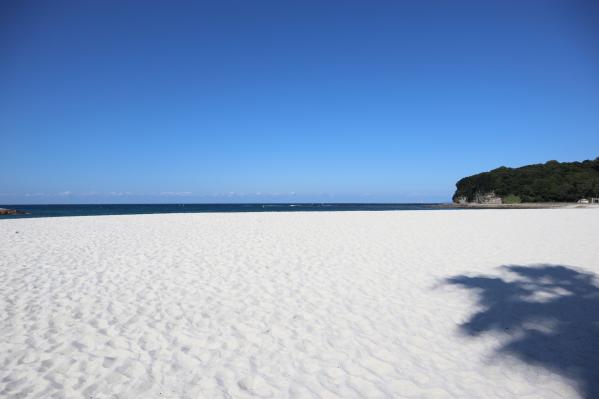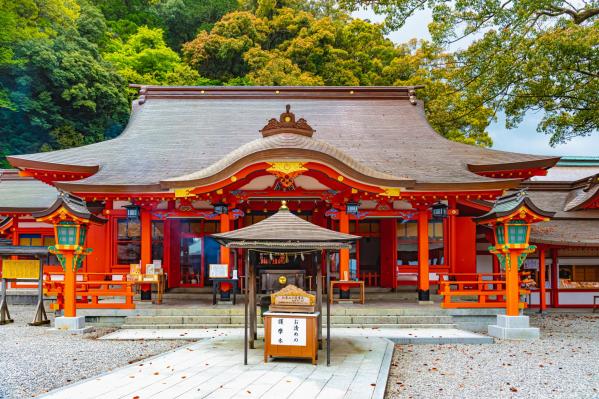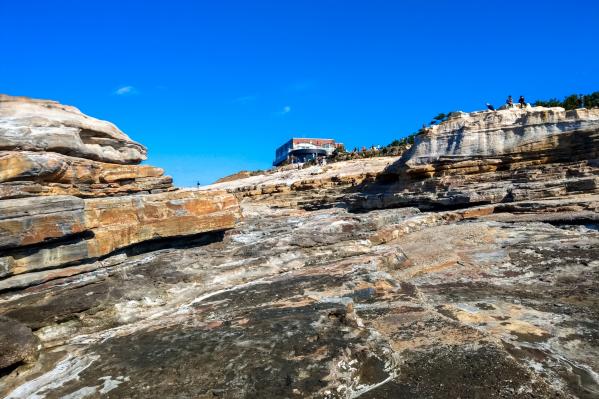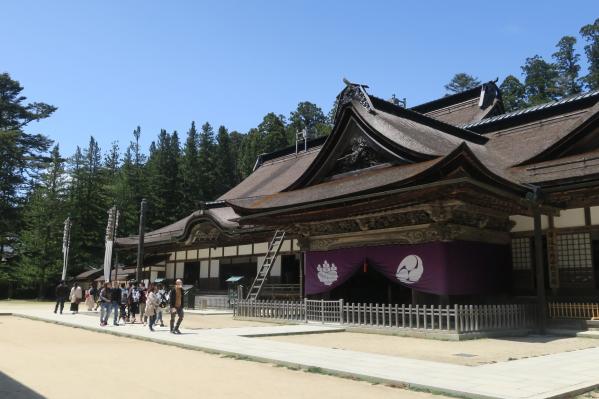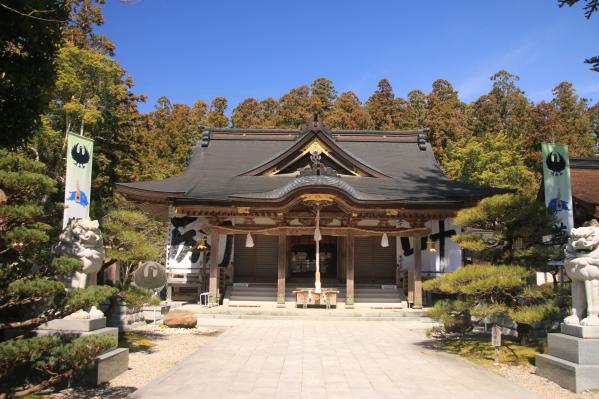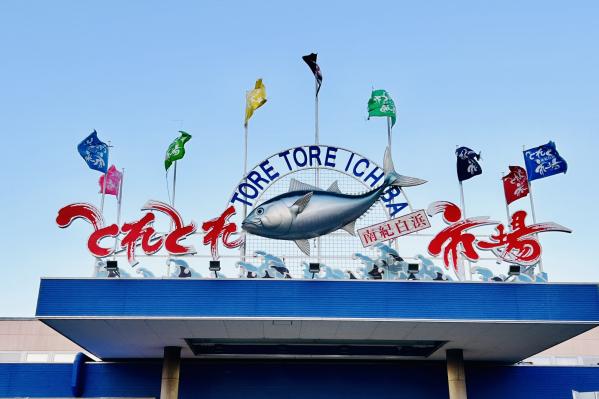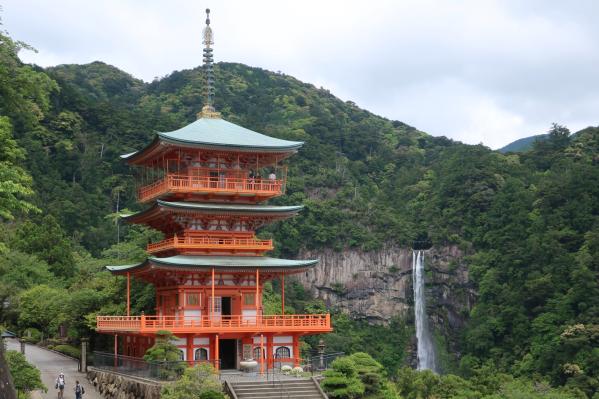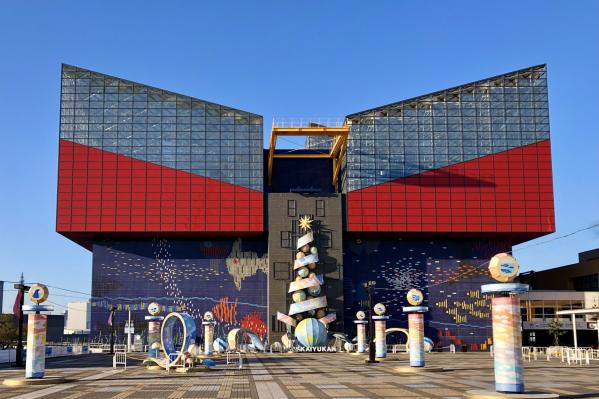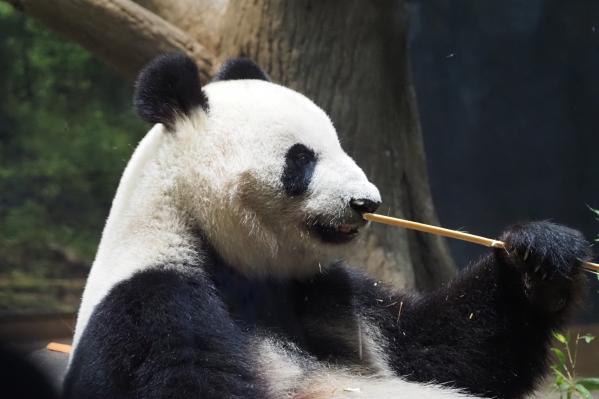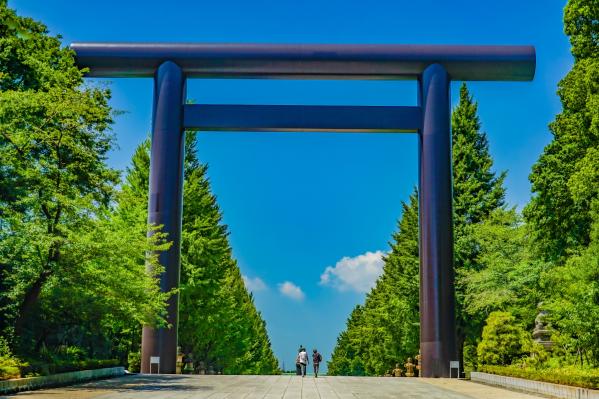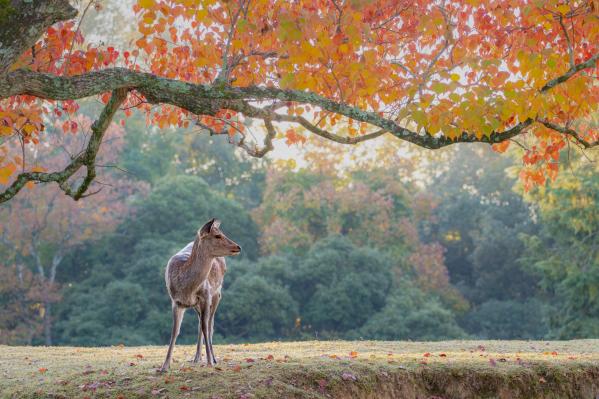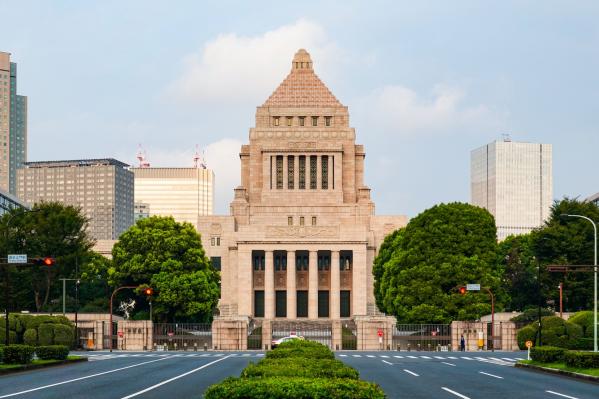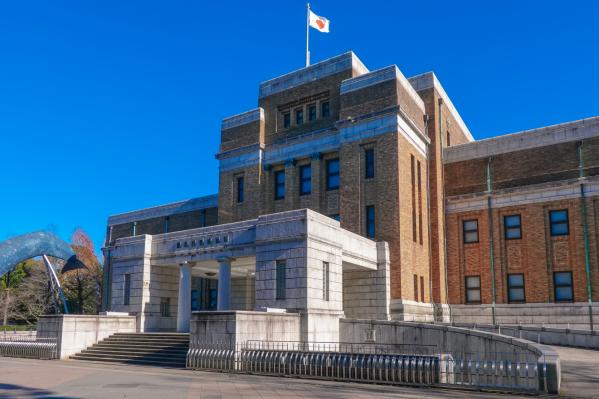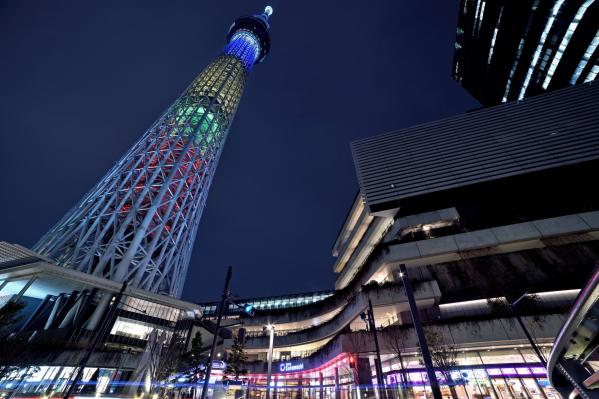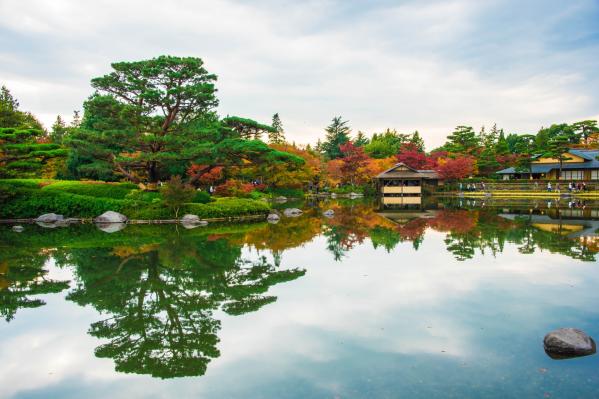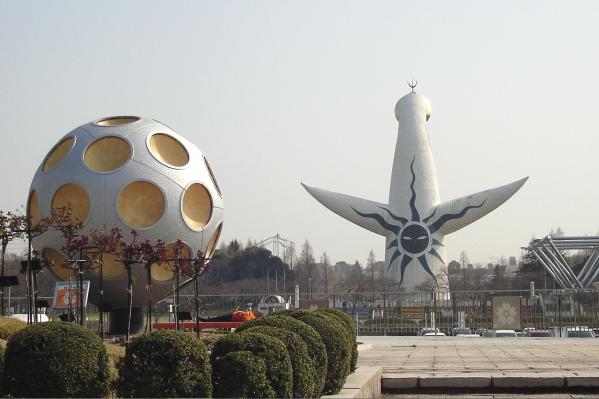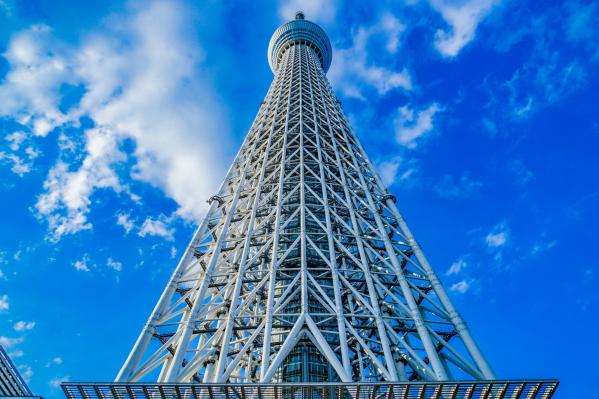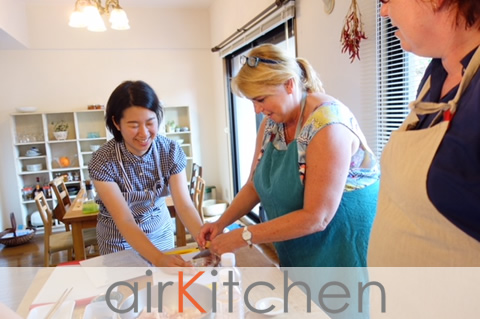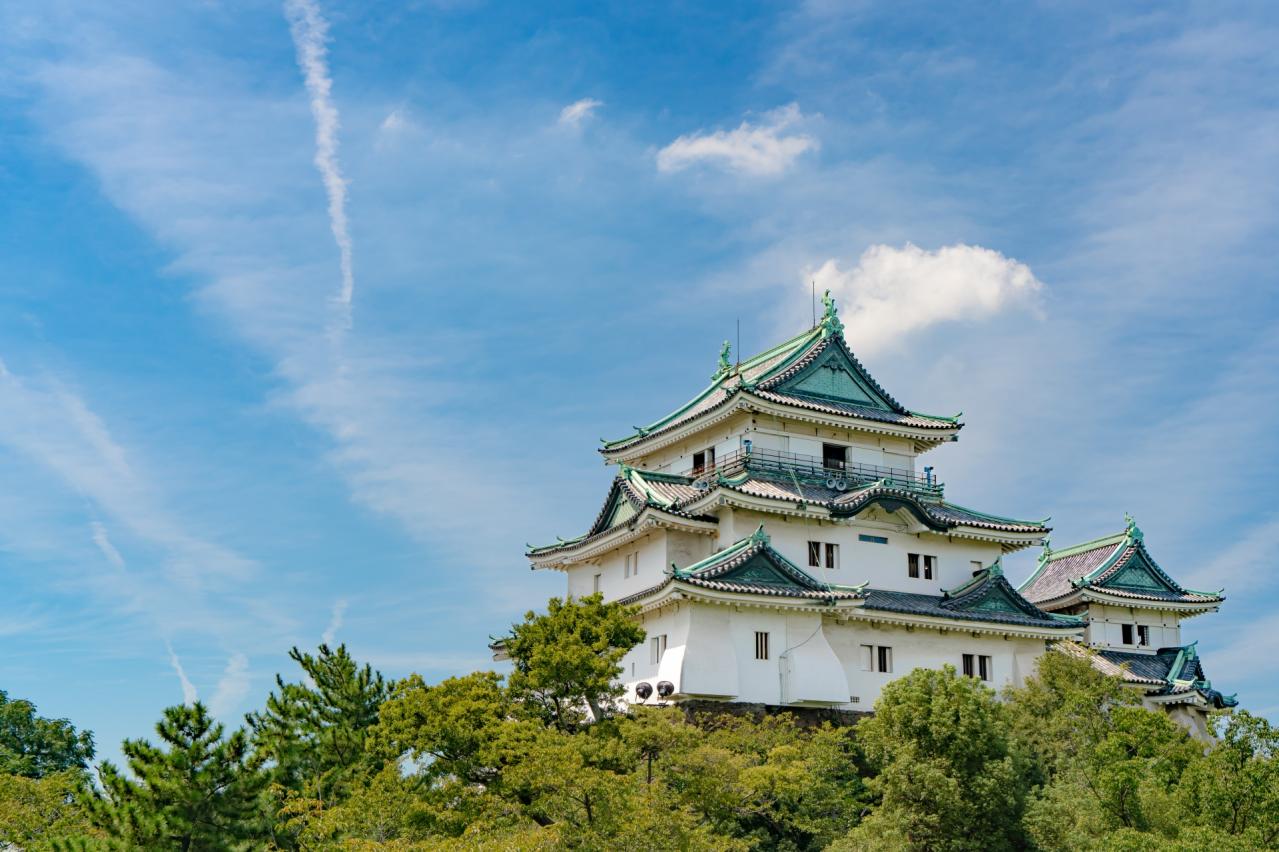
Wakayama Castle
The construction of the castle began in 1585 during the 13th year of the Tensho era, initiated by Toyotomi Hideyoshi, and it was subsequently used as the residence of the Kishu Tokugawa clan who ruled over the Kishu region. The stone walls of Wakayama Castle are made of locally sourced green schist, and their distinctive appearance provides an impressive landscape for those who visit.
Inside the castle, there is a zoo and a tea room, offering enjoyable moments to visitors. Additionally, welcoming ninjas greet guests, blending history with entertainment.
This castle is a representative tourist spot in Wakayama City and is beloved by many tourists for its beautiful stature and historical significance. The views from Mount Torafusu and the main keep are particularly striking, allowing visitors to fully appreciate the beautiful scenery of Wakayama.
Basic Information
- Spot Name
- Wakayama Castle
- Location
- 〒640-814 1-3 Ichibanchō, Wakayama City, Wakayama Prefecture
- Access
- From JR Wakayama Station, take a bus (Route 0 or Route 25) and get off at Wakayama-jo-mae (formerly known as Koen-mae) bus stop.
Alternatively, you can take a taxi from JR Wakayama Station.
If you're coming from Nankai Wakayamashi Station, it's about a 10-minute walk. - Parking
- Parking available.
- Business Hours
- 9:00 AM to 5:30 PM (last entry at 5:00 PM)
- Regular Holiday
- Closed from December 29 to December 31.
- Fees
- Adults: 410 yen
Children: 200 yen (elementary and junior high school students) - Contact Information
- Phone Number:和歌山城天守閣 TEL:073-422-8979
- Official Website
Map
Detailed Information
▶Wakayama Castle during the Toyotomi Era - The Beginning of Castle Construction -
Wakayama Castle began in the 13th year of Tenshō (1585) when Toyotomi Hideyoshi, who had pacified Kishu, ordered his younger brother Hidenaga to construct the castle. It is said that construction overseers such as Tōdō Takatora, Hada Nagamori Masachika, and Yokohama Ichian Hōin Ryōkei were involved, with around 10,000 people mobilized for the construction. Hidenaga resided in Yamato Kōriyama, and Kuwayama Shigeharu was appointed as the castle's chief. While it is uncertain to what extent the castle was constructed by the Kuwayama family, it is believed that a layout was made with the eastern Okaguchi Gate as the main entrance, and construction progressed primarily around the main keep area. The stone walls, built with green schist known as "Kishu no aoishi," are thought to be from this period of construction.
▶Wakayama Castle during the Asano Era - Towards a Full-fledged Castle Construction -
In the 5th year of Keichō (1600), Asano Yoshinaga, who distinguished himself in the Battle of Sekigahara, took over the castle from the Kuwayama family and began its expansion. He modified the main entrance of the castle from the eastern side (Okaguchi) to the northern side at Ōte Bridge (Ichi no Hashi) and constructed a new tenshu (main keep). Additionally, he carried out extensive expansion works to create a modern castle including the main bailey, second bailey, third bailey, and residences, thereby establishing a castle town centered around Honmachi Street. Thus, under the Asano family, the foundation for the castle and castle town of Wakayama was laid. In July of 1619, on the orders of the second shogun Tokugawa Hidetada, he was transferred to Aki domain in Hiroshima, marking a 19-year stay in Wakayama Castle.
▶Wakayama Castle during the Tokugawa Era - The Residence of the Kishu Tokugawa Clan, One of the Three Main Families -
In August of the 5th year of Genna (1619), Tokugawa Yorinobu, the tenth son of Tokugawa Ieyasu, entered the castle as the lord of 555,000 koku, taking over from the Asano family. This marked the birth of the Kishu Tokugawa clan, one of the three main families. At that time, the shogunate provided 2,000 pieces of silver, allowing for the expansion of the second bailey and significant renovations, such as the construction of Sunamaru and Minaminomaru, thereby establishing a base for the shogunate's control over the western domains as "Nankai no Chin." Additionally, the castle town was improved, and Kishu Tōshō-gū was built in Wakayamaura. By the end of the Edo period, the city had developed into the eighth largest in the country. The fifth lord, Tokugawa Yoshimune, implemented internal reforms focusing on frugality, new rice field development, and the establishment of a litigation box, which helped recover the clan's finances. This policy developed into the "Kyōhō Reforms" after he became shogun. The tenth lord, Haruhisa, particularly focused on cultural aspects among the successive lords, mastering the depths of gagaku and tea ceremony, earning the nickname "Suki no Domahime." The thirteenth lord, Yoshifuku, became the fourteenth shogun during the tumultuous late Edo period and worked to strengthen the bakuhan system, including his marriage to Princess Kazumiyako. The Kishu Tokugawa family resided for 252 years, reaching the Meiji era.
Wakayama Castle Movies
Wakayama Tourist Attractions
View ListShirarahama Beach
Shirarahama is a beautiful beach extending about 620 meters, and it is one of the most famous beaches in the Kansai region. Its name comes from the pure white sandy ...
Kumano Nachi Taisha
Kumano Nachi Taisha is a shrine revered as one of the Kumano Sanzan, along with Kumano Hayatama Taisha and Kumano Hongu Taisha, and it is located on the slopes of Na...
Senjōji Temple
Chinjoh-jiki is a scenic spot in Wakayama, characterized by its expansive rock formation located at an elevation of about 200 meters. The sloping white rock face, wh...
Kongōbu-ji
Kongōb номерji is the headquarters of the Kōyasan Shingon sect, and is a sacred site of Japanese Buddhism established by the Great Teacher Kūkai in the early Heian p...
Kumano Hongu Taisha
Kumano Hongu Taisha is one of the Kumano Sanzan (Kumano Hongu Taisha, Kumano Nachi Taisha, and Kumano Hayatama Taisha) and serves as the head shrine of all Kumano sh...
Toretore Ichiba Nanki Shirahama
Toretore Market in Nanki Shirahama is one of the largest seafood markets in Western Japan, managed by the local Kata Fishing Cooperative. As a result, you can find e...
Adventure World
Adventure World is a theme park that integrates a zoo, aquarium, and amusement park, themed around "Smile in Your Heart, Creating the Future Park." Visitors can expe...
Nachi Falls
Nachi Falls is a famous spot in Wakayama, recognized as one of Japan's three great waterfalls, boasting a height of 133 meters, a width of 13 meters at the mouth, an...








